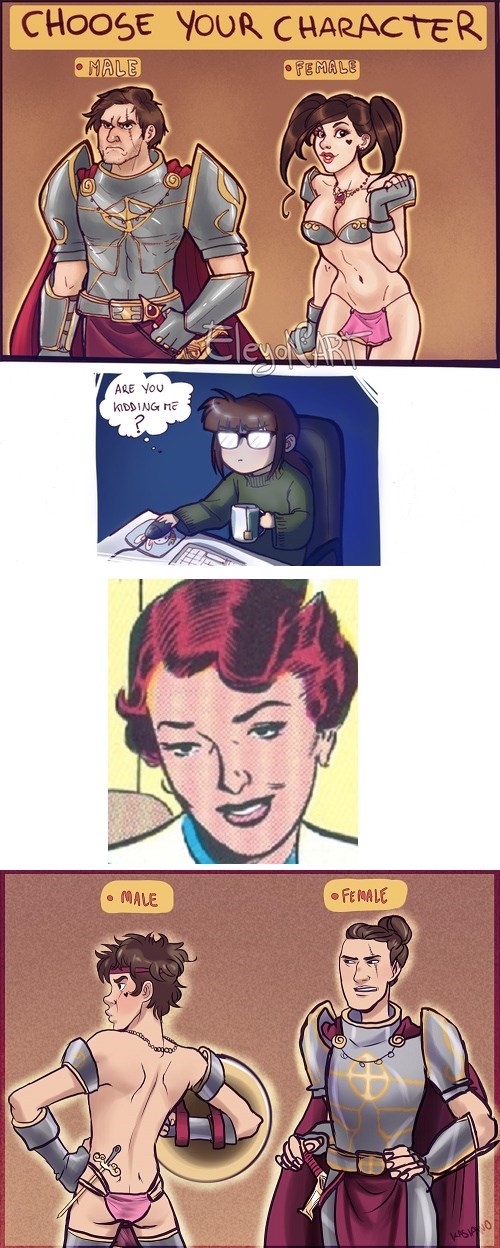We’ve all heard the statement “A picture is worth a thousand words.” I’ve always wondered what those thousand words could be. Also, why do we pictures if we have enough words? Or why do we give some much weight to images? In Chapter 3 of Rhetoric and Civic Life, we as a global culture are described as being a “Visual Culture.” A Visual Culture is a culture that is ” distinguished by the ubiquity of visual forms of communication that appear in multiple media outlets at the same time (such as television, the Internet, cell phones, and magazines.) For this post, we are going to talk about the visual rhetoric in comics…if the title didn’t give it away. And I warn you this topic is going to be a little long.
When talking about visual rhetoric, the first thing that needs to be understood is that the usage of symbols is a reflection of how we interact with our peers, interpret the world, give meaning to the world, and also how we communicate with those around us. For example when one goes on Facebook or Twitter, you might notice that a lot of people post pictures of themselves going out with friends, having a few drinks, and not to mention a lot of over-exaggerated smiling. On a first glance you probably think that these are just random pictures of someone posting about how much of a good time they are having or had that night. But the rhetoric in just one photo says a lot more. What the person is also telling you is that they are sociable, that they aren’t afraid of alcohol usage, that they have a lot friends, that if you went out with them you too could have a great time. And not just those but array of other interesting themes/meanings.
To understand these themes/meanings one must also look at the different visual aesthetics within the images.
Visual Aesthetics:
1. Content: What is shown
2. Color: Hue (the actual colors), saturation (the purity of the color), the value (how light or dark the colors are), also the stress and harmonies of color.
3. Spatial organization: geometrical perspective, shapes, form, movement, and direction of eye movement
4. Light: the type of light present and it’s source.
5. Expressive content: the feeling evoked by an image.
In comics, visual aesthetics are important. Why? Because…well…an example given by the Rhetoric in Civic Life is that no one is just reading the magazines for the stories. Although they are important, and sometimes interesting, we are not primarily influenced by the pretty words on the page. For example, fashion trend magazines are made up of more images then they are words. Sometimes the ad pictures capture the reader more than the articles. It’s the same with comics, we love the stories, but we just love the art even more.
The images that are going to be the main focus here are the spiderman comics. Specifically spiderman and his other incarnations under visual aesthetics.
Expressive Content and Content

The image on the left is Miles Morale who is currently Spider-Man in the ultimate Spider-verse comics. He is the first Afro-Latino Spider-Man in the Marvel series and has created a buzz over the image.
The image on the left is important because we Spider-Man’s race is not important in this image. Why is that important? Because with this image, we are being told that Spider-Man is Spider-Man. His race is not important because he is too busy doing something important for us to be hung up on his background.
Also, it should be noted that the image is showing that this Spider-Man is a little younger and a little bit more adventurous with the actions in the picture. While in most pictures we see the original Spider-Man web-slinging from building to building, this one surfing the streets of New York on two taxis. As a comic book reader, you are more willing to buy the comic because you know just from this picture that this is going to be very interesting and you want to see where this character is going.
Color and Light

The picture on the right is Spider-Woman also known as Spider-Gwen. The image of Spider-Gwen is interesting because we seen Spider-Gwen standing under an array of colorful pillars that represent the city of New York. Color is important in this image because it highlights Spider-Gwen’s colorful nature and also the city’s nature. This is also reflected in the Coloring of Gwen’s costume. The white highlights her femininity and purity while also persevering her power with the use of black and purple. What this usage of color here says that Gwen can be powerful and daring, while also being feminine at the same time.
Something that should also be noted in this picture is the fact that Spider-Gwen is the focus of this picture’s lighting. While there seems to be lights coming from inside some of the buildings, Spider-Gwen’s lighting gives off that off a sense of a beacon. As if to say that she is a beacon of light for the city.

